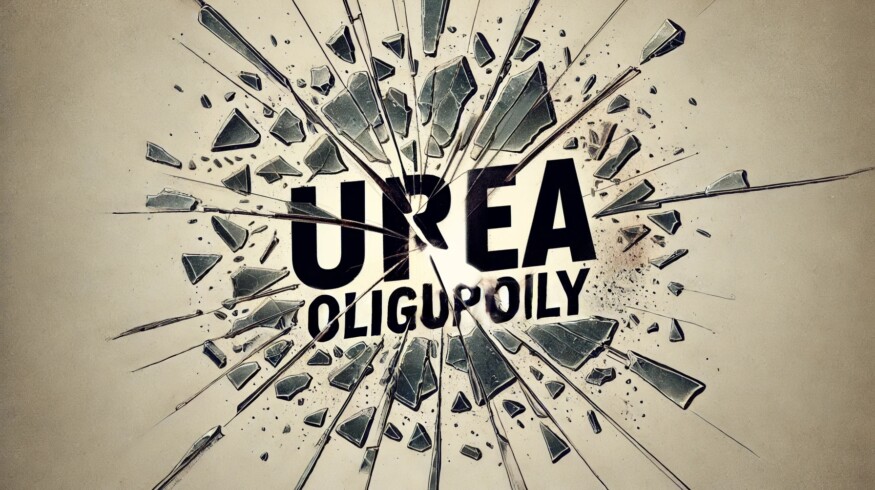Friday’s Insider: Urea market — is an oligopoly possible?

In 2023, global urea production reached approximately 185 million metric tons, marking a significant milestone for the fertilizer industry. Without a doubt, urea is the king of fertilizers. It is often said that it is unlikely for urea to be strong while the rest of the fertilizer market is weak, and vice versa. Though there may be divergence, it is seldom sustained. Urea production continues to grow, driven by increasing agricultural demands, particularly in regions with high population growth and food security concerns.
The urea market is characterized by a few large producer countries that dominate global production. Key players include China, Middle Eastern and North African countries, Russia, and the US. These countries possess significant natural gas reserves, the primary feedstock for urea production, giving them a substantial cost advantage.
China, for instance, is not only the largest producer but also a significant exporter, usually supplying between 5-5.5 million metric tons annually. Similarly, countries in the Middle East leverage their abundant and cheap natural gas to produce urea at a lower cost, making them significant players in the global market. The concentration of production within a few regions and companies suggests that these producers have the potential to influence market prices.
An oligopoly is a market structure in which a small number of firms hold significant market power, enabling them to influence prices. Given the market’s concentration, this possibility exists for urea producers. The actions of major producers, particularly in times of market stress, can significantly affect global prices.
For example, China’s recent reduction in urea exports during the first half of 2024, where it only exported 220,000 metric tons compared to its usual 5-5.5 million metric tons, indicates a strategic manipulation of supply. This sharp reduction could be seen as an attempt to influence global prices, especially if done in coordination with other large producers. However, in this particular case, it has had the opposite effect, controlling price increases domestically rather than internationally.
If key producers like China, the Middle East, and Russia were to coordinate their production levels, they could theoretically control supply and, by extension, the market price. Such coordination could involve reducing output during times of excess supply or increasing it to capitalize on high-demand periods, thereby stabilizing or even raising prices to their benefit.
However, the formation of an effective oligopoly in the urea market faces several challenges. First, the market’s global nature means that any collusion would require cooperation among countries with different economic goals and domestic needs. For instance, while China might reduce exports to influence international prices, it must also ensure domestic supply to avoid inflation and food security issues at home.
Second, the entry of new producers and the expansion of production capacities in other regions could dilute the power of established players. For example, Africa has been increasing its production capacity, with countries like Nigeria emerging as significant producers. This diversification of supply sources can reduce the effectiveness of any coordinated effort by traditional producers.
Third, regulatory scrutiny, especially from importing countries, could pose a significant barrier. Countries reliant on urea imports might impose trade restrictions or seek alternative suppliers if they suspect price manipulation. Moreover, international trade organizations might view such collusion as anti-competitive behavior, leading to sanctions or tariffs that could hurt the producers involved.
While the concentrated nature of urea production suggests the potential for oligopolistic behavior, several factors limit the feasibility of such an arrangement. The need for domestic stability, the emergence of new producers, and the threat of regulatory intervention make it difficult for urea producers to form a lasting and effective oligopoly.
————
About the Author of “Friday’s Insider”: Ilya Motorygin is the co-founder of GG-Trading and brings 30 years of experience to the fertilizer industry. Renowned for his comprehensive problem-solving skills, Ilya expertly manages deals from inception to completion, overseeing aspects such as financing, supply chains, and logistics.
Enjoyed this story?
Every Monday, our subscribers get their hands on a digest of the most trending agriculture news. You can join them too!













Discussion0 comments